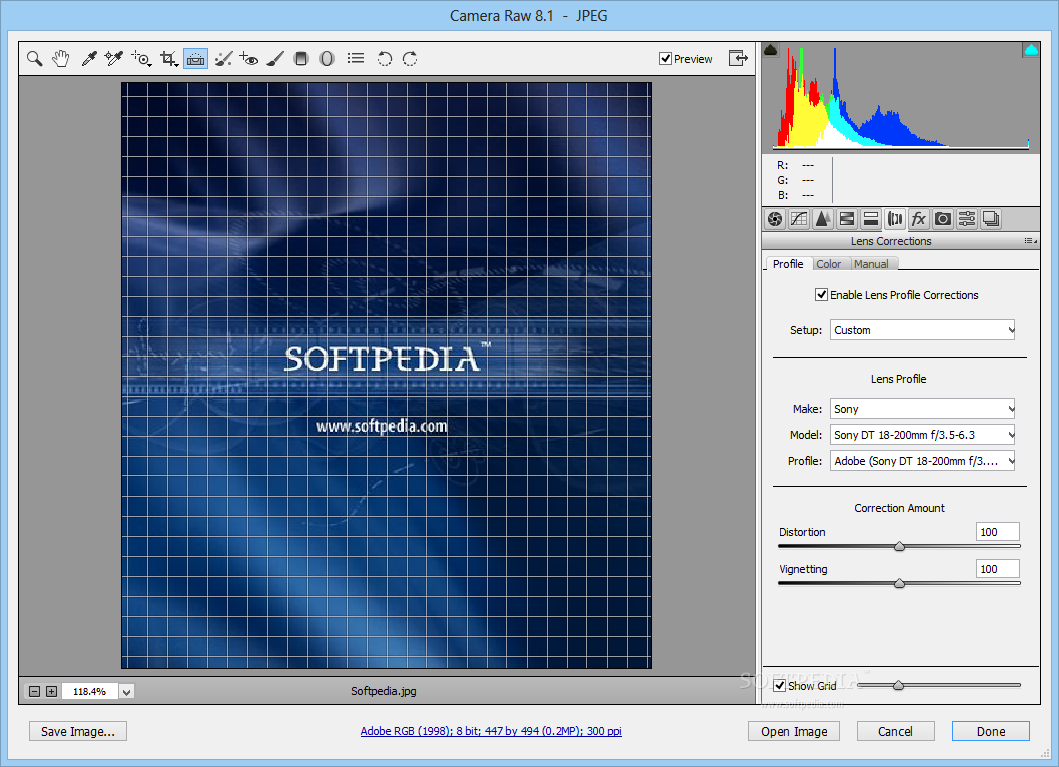
When an image is upscaled (upsampling), more pixels are added to an image, while downscaled (downsampling) images have less pixels. It uses the data from the pixels in the image to estimate the values of the new pixels to be created. Traditionally, resampling was performed using a technique called Interpolation.

This can be used to increase the pixel count to get the resolution required to print or display an image of a certain size. Resampling physically changes the number of pixels in an image. The smaller you make the print the more pixels per inch. The larger you make the print the less pixels per inch are available. What changes is the number of pixels per inch. The resolution of the image however, does not. Simply select the size of the image we want, the total number of pixels in the image remains the same. With image resizing, the size of the image is changed without changing the actual number of pixels in the image. Let’s begin by defining the difference of Image Resizing and Image Resampling. Specifically Adobe’s new Super Resolution feature, introduced in Camera Raw 13.2. This is where Image Resampling becomes quite valuable. Cropping the image tosses out valuable pixels, often leaving our image too small to display or print at the desired size. We crop the image in order to fill the frame with our subject or to achieve a desired composition.

This is certainly the case with bird and wildlife photography. Often, when editing images, we are required to crop the photo.

A Look at Adobe’s New Super Resolution Feature


 0 kommentar(er)
0 kommentar(er)
